A Guide for Early Childhood and Kindergarten Educators
Over 100 pages (provided in PDF and Google Doc formats – for use on any device and to share with your staff easily) packed with step-by-step strategies, explanations and examples to help you teach younger children.
- Purchase your copy TODAY, and you will also receive a FREE copy of our complete, 300+ page manual on teaching anyone with Neurodiverse learning needs that we usually supply for Primary to High School teachers (all supplied by links to download and copy automatically upon purchase). This will provide you with an in-depth understanding on Neurodiversity in relation to education and understanding all children.
1 in 5 children are neurodiverse. If it is not recognised and considered, it can lead to low outcomes and crime. This guide helps you ensure all children, regardless of their ability or impairment, are catered for.
“Nurturing Neurodiversity” is your go-to resource for understanding and embracing neurodiversity like never before. This book serves as a compass, guiding teachers through the intricacies of individual learning differences and providing evidence-based strategies to support each child’s needs. Whether you’re a seasoned educator, starting at an Early Childhood Centre of Kindergarten or a new teacher eager to make a lasting impact, this book offers the inspiration and tools necessary to create a transformative educational experience for all young learners.
This manual has been developed especially for teachers of children under the age of 10. The directions, strategies and examples however can be adapted for any age student who is finding learning difficult.
Chapters and Content Outline of Nurturing Neurodiversity:
- Understanding Neurodiversity
- Defining Neurodiversity; Profiles of Autism spectrum, ADHD, dyslexia; Recognizing and harnessing the unique abilities.
- Creating Inclusive Learning Environments
- Adapting teaching methods to accommodate diverse learners using UDL; Sensory-Friendly Spaces; Using visuals.
- Building Positive Relationships
- Fostering strong relationships; Effective Communication; Collaborating with Parents.
- Individualized Instruction and Support
- Differentiated Instruction; Personalized Learning Plans; and Assistive Technologies.
- Social and Emotional Development
- Nurturing social interactions and friendships; Emotional Regulation; Anti-Bullying Strategies.
- Addressing Challenging Behaviors
- Understanding the root causes of behaviours; Positive Behavior Support; Collaborating with Specialists.
- Professional Development and Self-Care
- Continuous Learning; Reflective Practices; Self-Care Strategies.
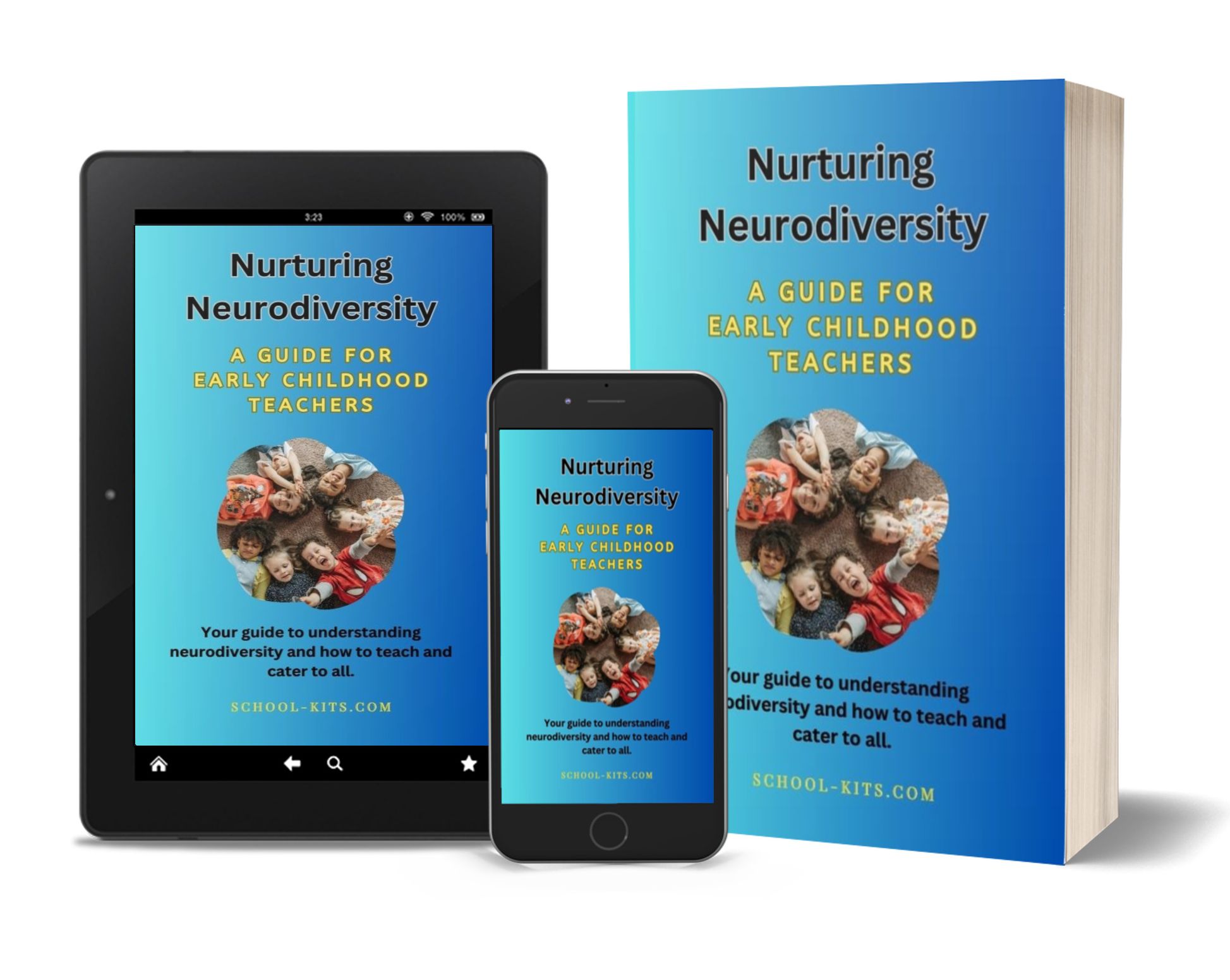
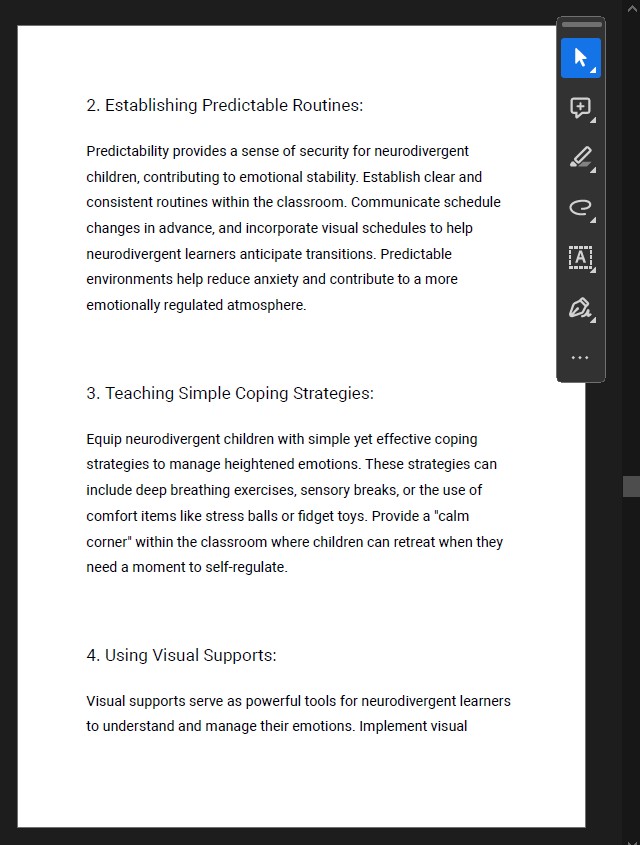
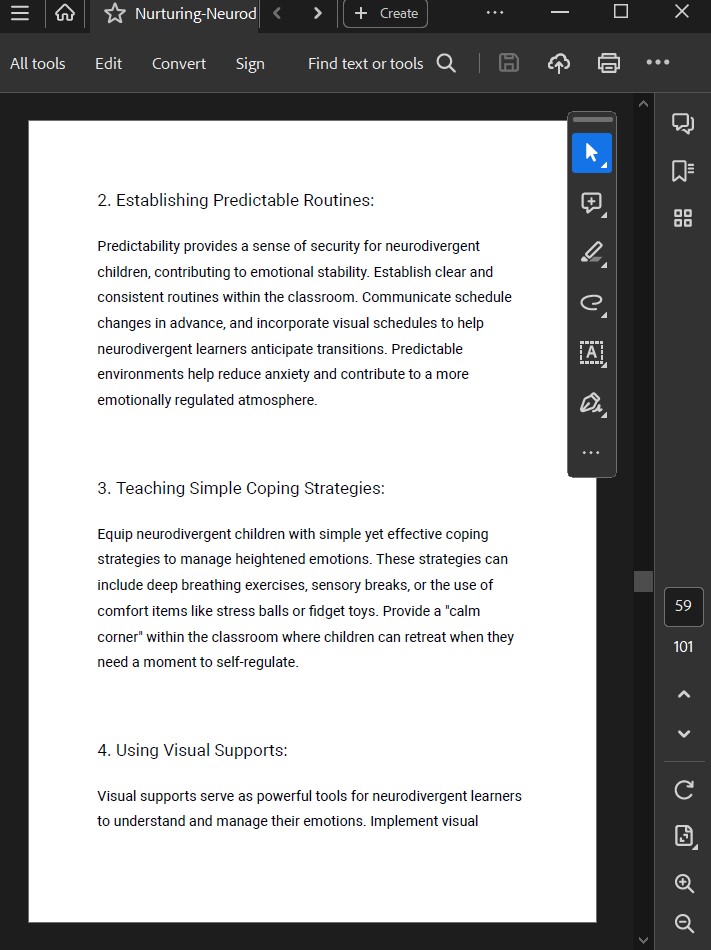
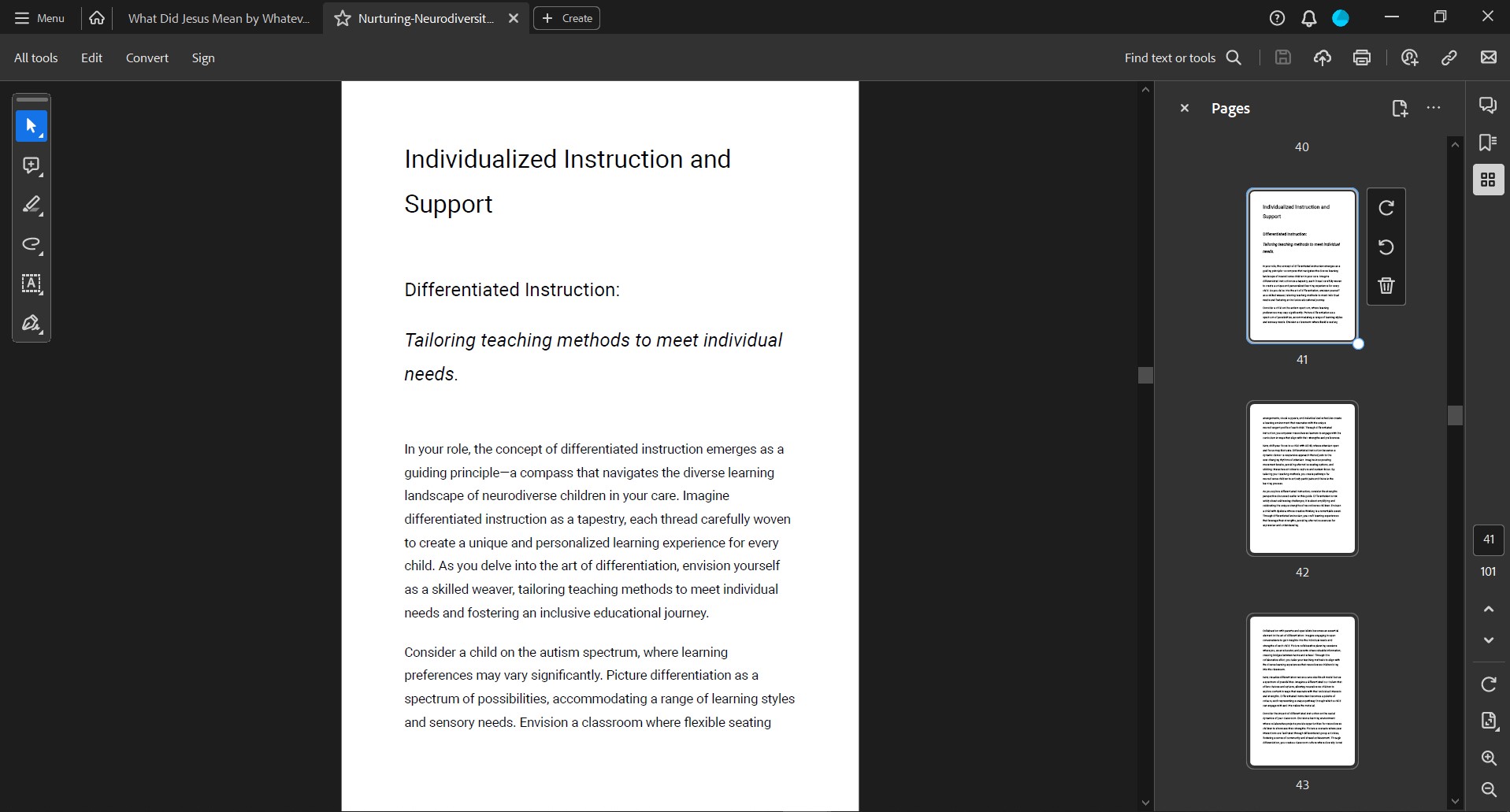
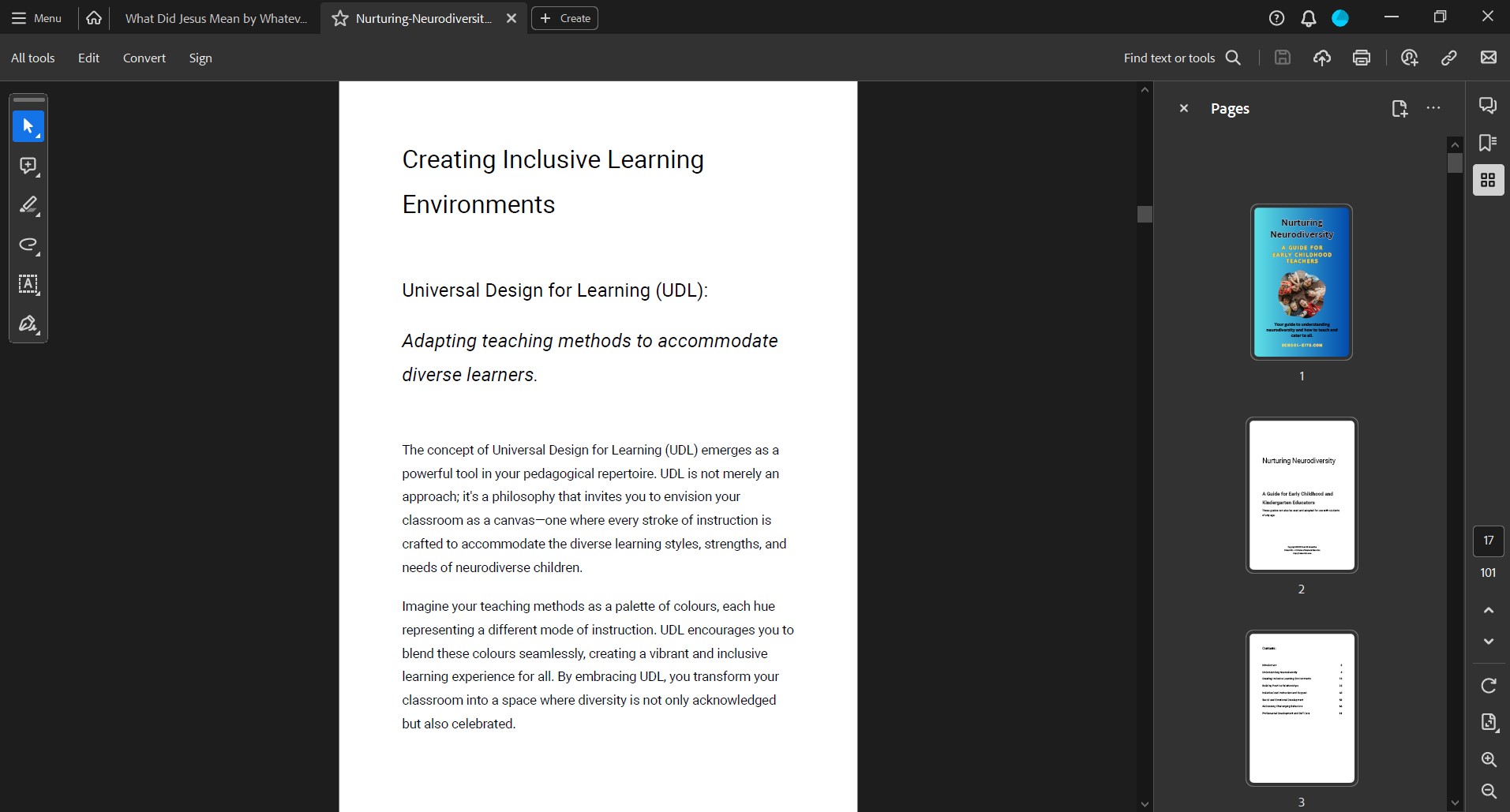

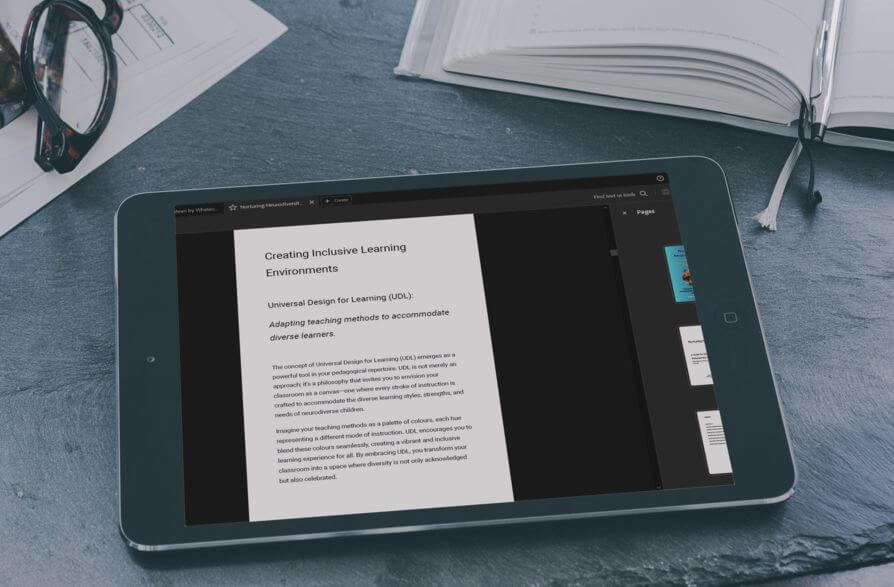

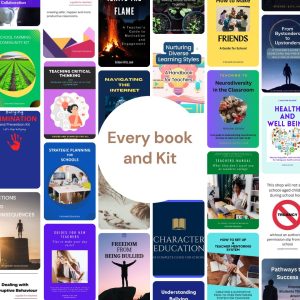
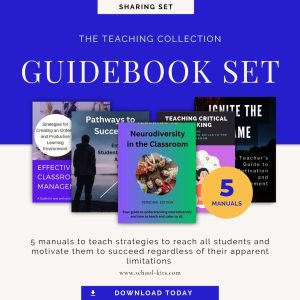
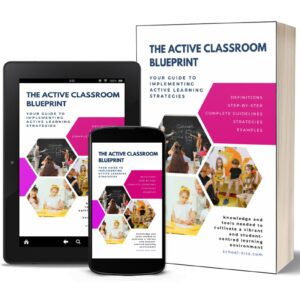
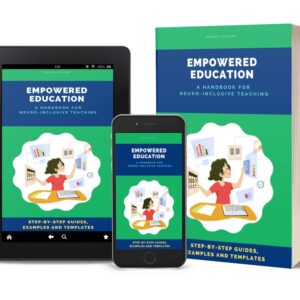
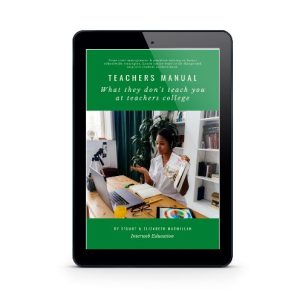
Reviews
There are no reviews yet.